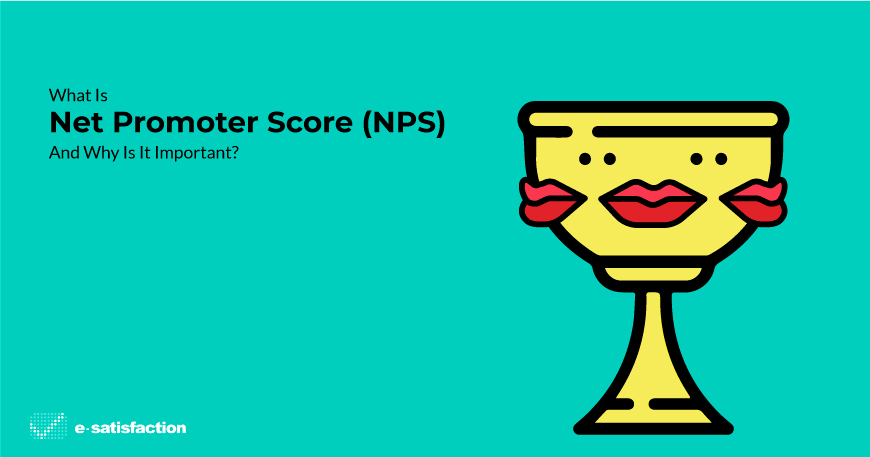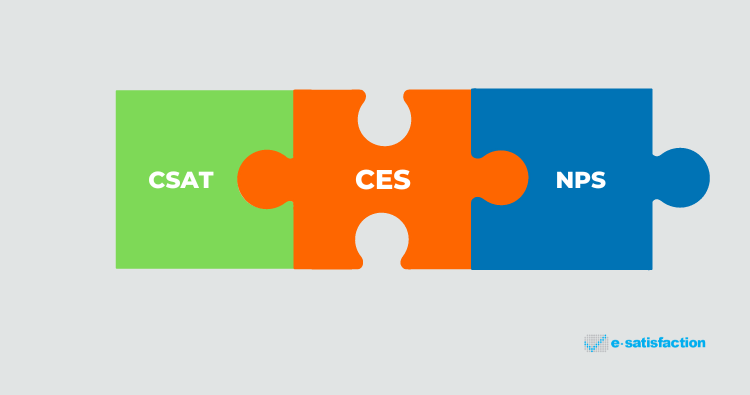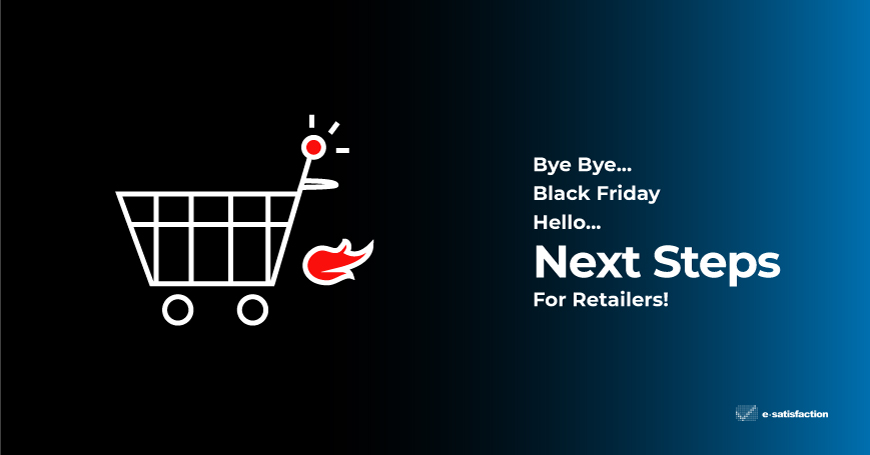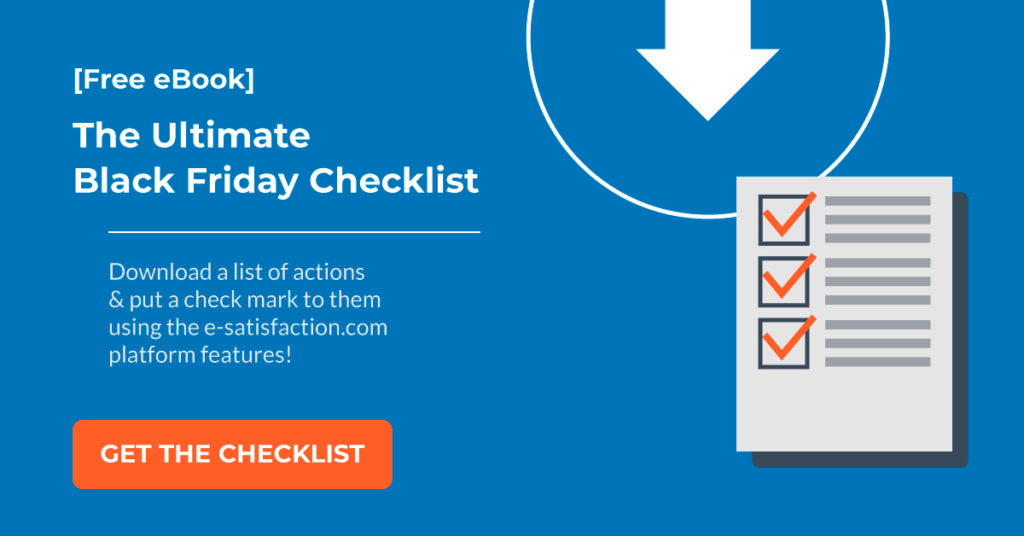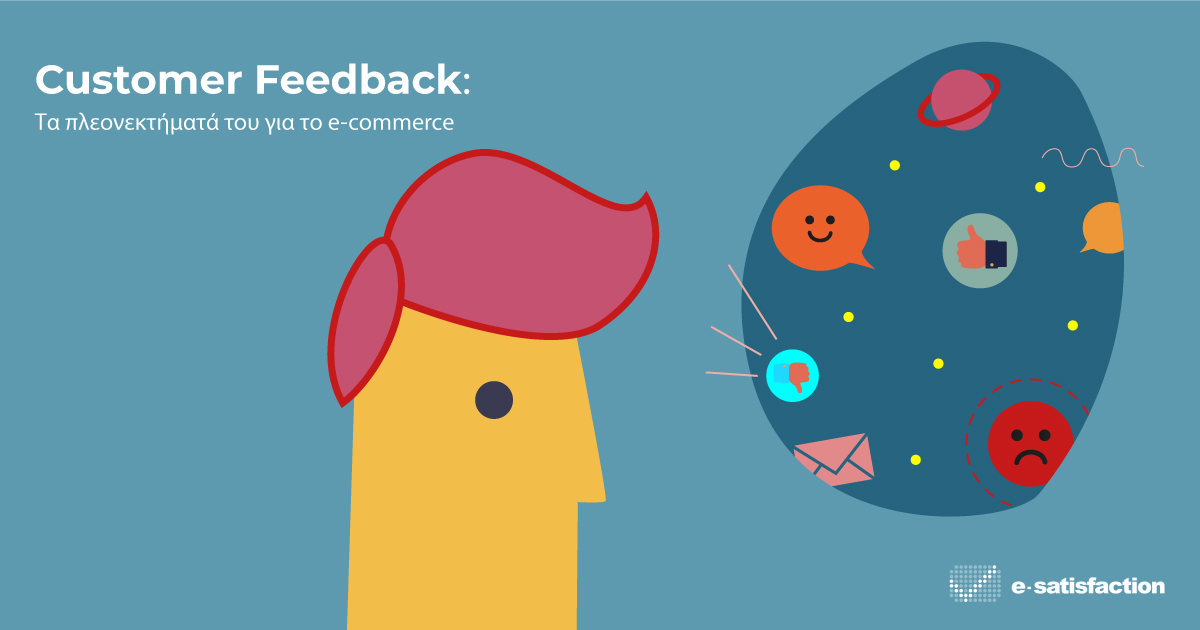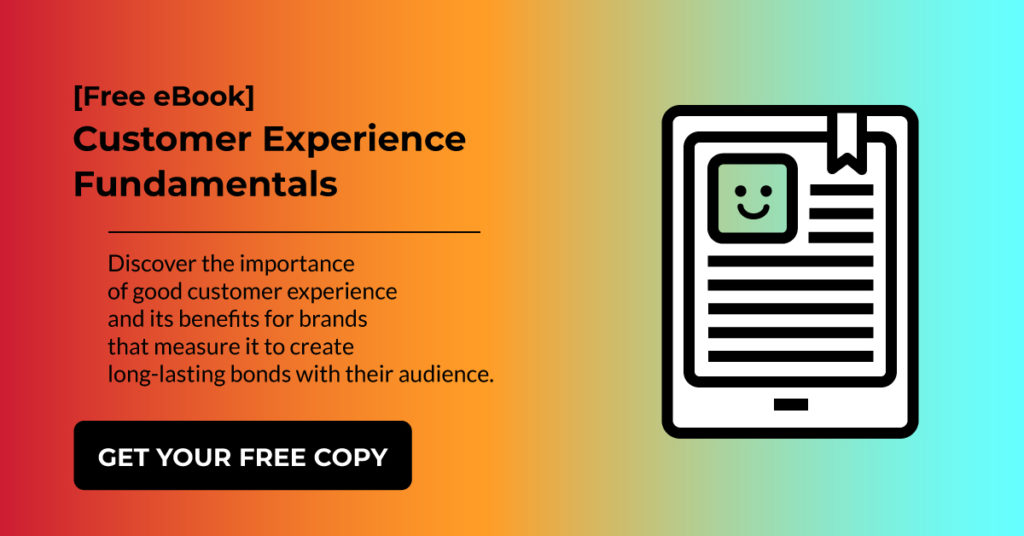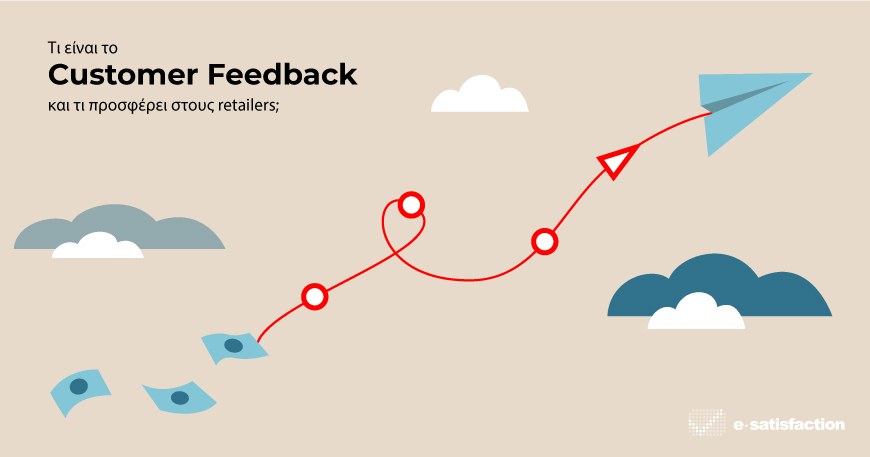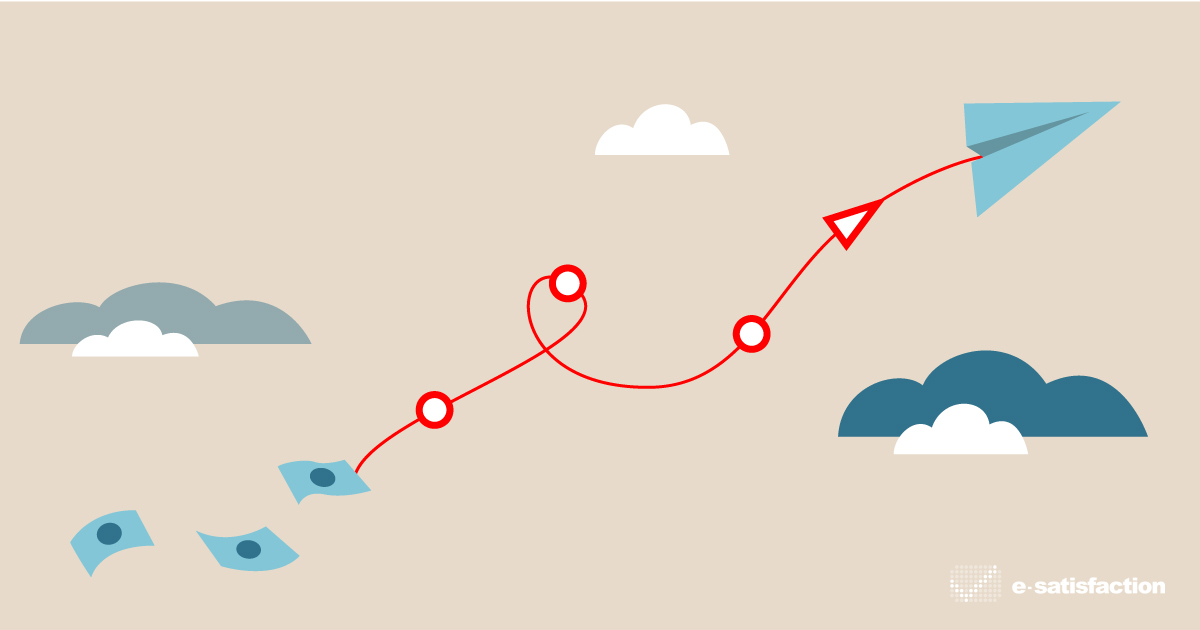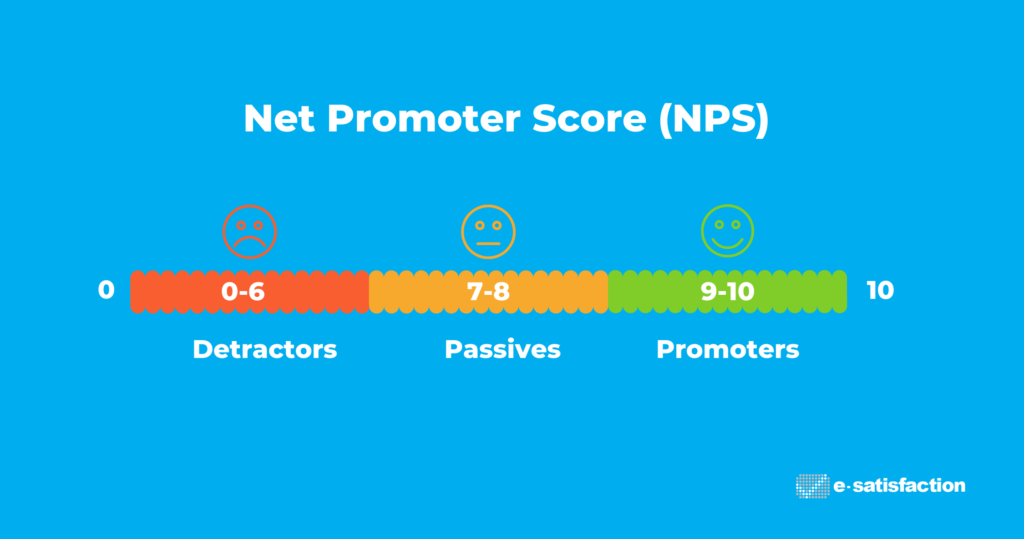
Net Promoter Score (NPS): the “holy grail” of Customer Experience (CX metrics). If you are not familiar with it, its pros and cons and ways to incorporate it into your customer satisfaction strategy, you only need to keep reading.
What is Net Promoter Score (NPS)?
Net Promoter Score is the most used CX metric and measures the willingness of consumers to recommend your product/brand/service to someone they know. It gauges your potential word of mouth (WOM) and it is also employed when you need to check whether your customers are becoming loyal to your brand or can be categorized as passives or even detractors.
How do you measure NPS?
The main question on an NPS survey is along the following lines:

Based on their answers, survey respondents can fit into 3 different categories:
- Promoters (Score: 9 or 10)
- Passives (Scores: 7 or 8)
- Detractors (Score: 0 – 6)
By subtracting the percentage of detractors from that of promoters you get your Net Promoter Score.
% Promoters – % Detractors = Net Promoter Score
You got 15 minutes? Let our team show you
how we can help your business grow!
What is considered a “good” Net Promoter Score?
Net Promoter Scores range from -100 to +100, and what is considered ‘good,’ ‘bad,’ or ‘neutral’ can vary greatly across industries. Some count a positive score (i.e. any score over 0) as good, since it shows some customer loyalty and customer satisfaction. But to be more specific, in the e-commerce world a score of 50 or higher is generally considered a very good NPS score.
Various factors, such as the time you send an NPS survey, can influence not only your final score but also your surveys’ response rate.
What are the Pros & Cons of NPS?
There are many myths surrounding NPS, but as is the case with other metrics like Customer Satisfaction (CSAT) and Customer Effort Scores (CES), one thing is true: NPS cannot be regarded as your only solution for gathering and analyzing customer feedback. It should be combined with other metrics and strategies that should work together with the aim of offering your customers the best possible level of satisfaction.
That being said, let’s move on to the best and not so good aspects of NPS:
NPS Pros (+)
- It is a simple, easy to compare index that measures the brand’s efficiency and not just the satisfaction from a single transaction.
- It employs a clear and specific wording. There are no double meanings or misunderstandings for the customer when asked to answer.
- Its measuring is straightforward. NPS is easy to calculate, even without any prior statistical knowledge.
- It is easy to implement through all survey channels (phone, online, SMS).
- NPS results may act as the trigger for further investigation of a negative score or as a reminder to apply engagement actions.
- NPS is an indicator that can enhance internal communication and corporate culture. It can form the basis of a common -measurable- goal equally understood by all departments,
- It has been proven to be one of the best indicators of loyalty as the customer puts his own reputation on the line when he/she refers a product or service to a peer.
NPS Cons (-)
- NPS is by no means a cure-all when it comes to all the customer-related problems that brand is probably facing.
- NPS surveys need to incorporate open-end questions so that respondents will be able to justify their score.
- It can become a cause for considerable fireback if customers realize that a brand takes no action even after they have provided their feedback.
- Its measuring method is a bit more complicated compared to those of CSAT and CES.
Setting up and running an NPS survey is a great first step towards using customer feedback to your advantage. And with the right tool, the whole process can be streamlined so you can really grasp the power of listening to your customers’ voice.
